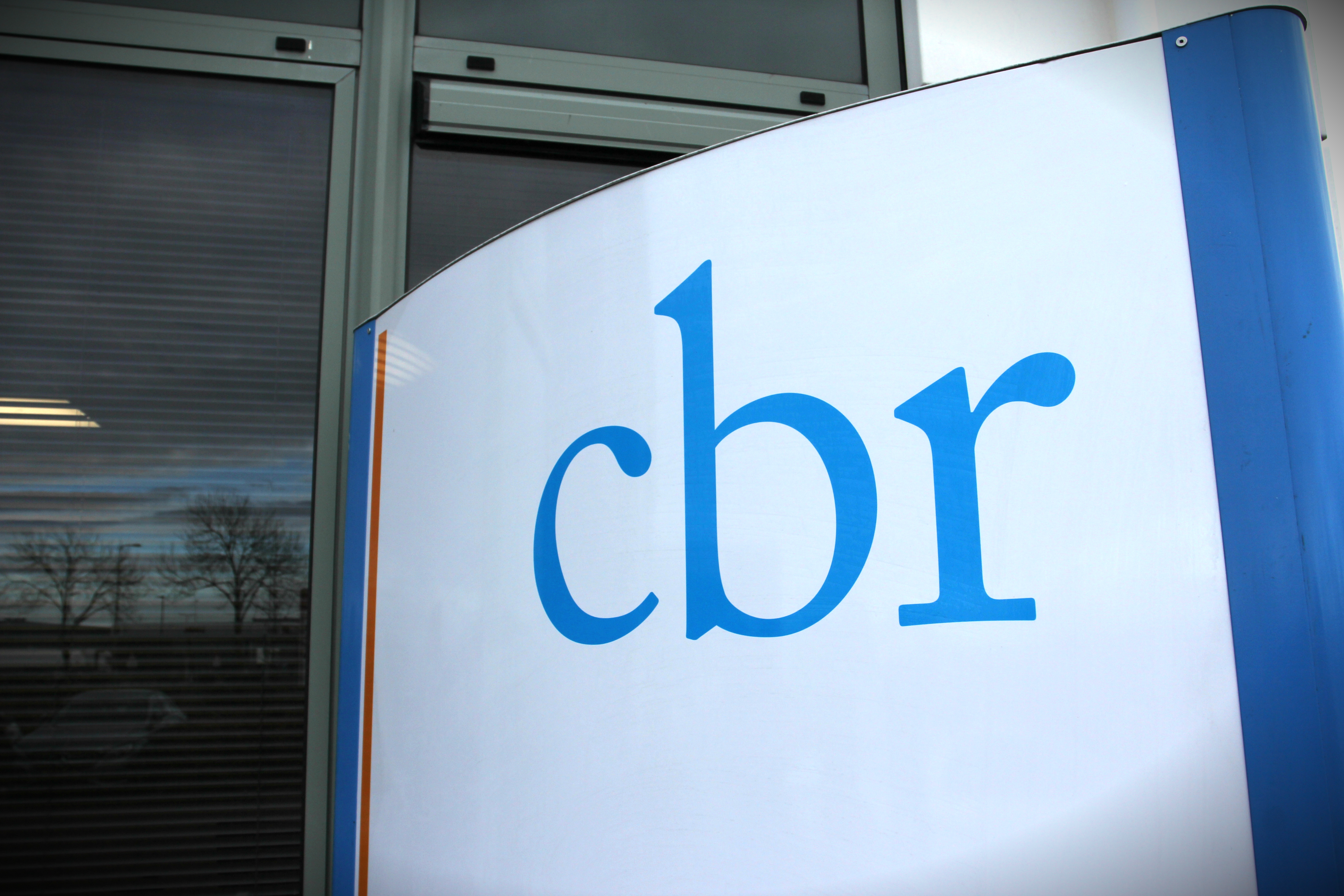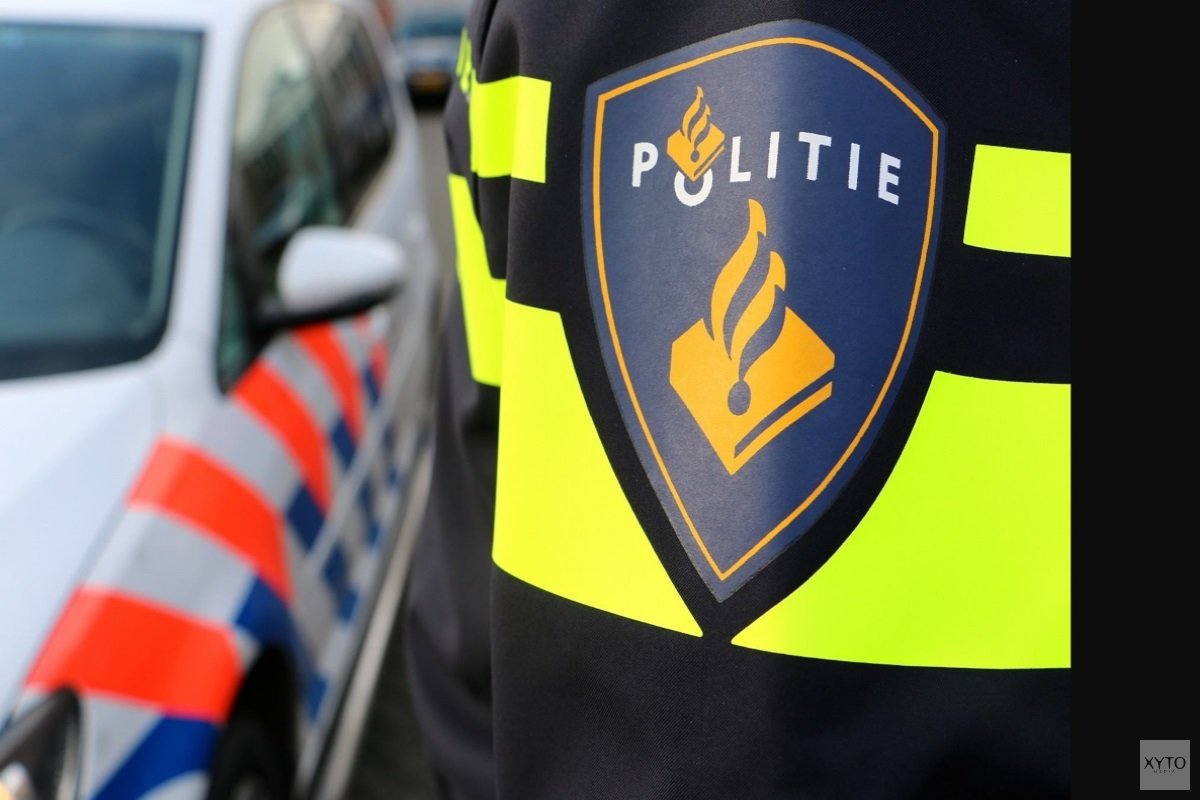Waarom heeft de politie vrijstelling van verkeersregels?
De politie heeft een wettelijke vrijstelling gekregen om van de algemene verkeersregels af te wijken, als dit nodig is voor het werk. In de vrijstelling staat dat de ambtenaar van politie vrijstelling heeft van de bepalingen in het Reglement Verkeersregels en Verkeerstekens 1990.
Van welke verkeersregels mag de politie afwijken?
De politie heeft vrijstelling van alle artikelen uit het Reglement Verkeersregels & Verkeerstekens (RVV).Dit betekent dus bijvoorbeeld dat de politie de maximumsnelheid mag overschrijden. Ook mag de politie bijvoorbeeld:
doorrijden bij een rood verkeerslicht;
rijden over de vluchtstrook;
rijden op plaatsen waar anderen dit niet mogen zoals een trambaan, busbaan en stoep;
inhalen over een doorgetrokken streep;
parkeren of stilstaan waar dit voor anderen verboden is.
Wat staat er in de Brancherichtlijn Verkeer Politie?
In deze brancherichtlijn staan afspraken over hoe politiemensen zich moeten gedragen in het verkeer. Er staat bijvoorbeeld in wanneer ze de maximumsnelheid mogen overschrijden of wanneer ze met zwaailichten en sirene mogen rijden. Ook staat er in deze richtlijn wat voor opleiding ze moeten hebben om op deze manier door het verkeer te mogen rijden.
Mag de politie zomaar te hard rijden met zwaailichten en sirene?
De politie gebruikt zwaailichten en sirene voornamelijk bij spoedeisende situaties. Om snel ter plaatse zijn, wordt er dan vaak hard gereden. Dit betekent niet dat politieagenten roekeloos mogen rijden, of dat ze het overige verkeer in gevaar mogen brengen. Uiteraard kunt u over roekeloos verkeersgedrag van de politie een officiële klacht indienen.
Gebruikt de politie altijd zwaailichten en sirene in het verkeer bij een spoedgeval?
De politie mag uitsluitend met toestemming van de meldkamer gebruikmaken van optische en geluidssignalen. Deze toestemming vervalt als bijvoorbeeld een andere hulpdienst al op de plek van het incident is aangekomen. Zo kan het dus gebeuren dat een politievoertuig met zwaailichten en sirene een kruising oversteekt, om snel daarna met het normale verkeer verder te rijden. In sommige situaties rijdt de politie met spoed, maar zonder zwaailichten en sirene. Bijvoorbeeld bij gijzelingen, overvallen, inbraken en zelfdodingen. Dit doet de politie om de kans op een heterdaadsituatie te vergroten en daders te kunnen aanhouden, of om te voorkomen dat zaken (nog) ernstiger worden.
Wat moet ik doen als een politievoertuig zwaailichten en sirene gebruikt?
Als een politievoertuig zwaailichten en sirene gebruikt, is het een voorrangsvoertuig. Als weggebruiker dient u dan onder alle omstandigheden het politievoertuig vrije doorgang te verlenen. Bij het gebruik van zwaailicht en sirene is het politievoertuig over het algemeen onderweg naar een spoedgeval.
Wanneer is het gebruik van zwaailichten en sirenes toegestaan?
Hulpdiensten zoals politie, ambulance en brandweer mogen zogeheten optische signalen (blauw zwaailicht) en geluidssignalen (sirene) voeren. De gebruiksregels hiervoor staan in de Regeling optische en geluidssignalen 2009.
Wilt u meer weten over soorten zwaailichten en kleuren, kijk dan op de website van de rijksoverheid.


